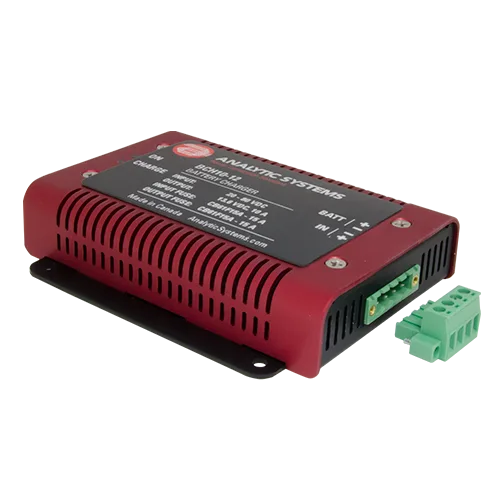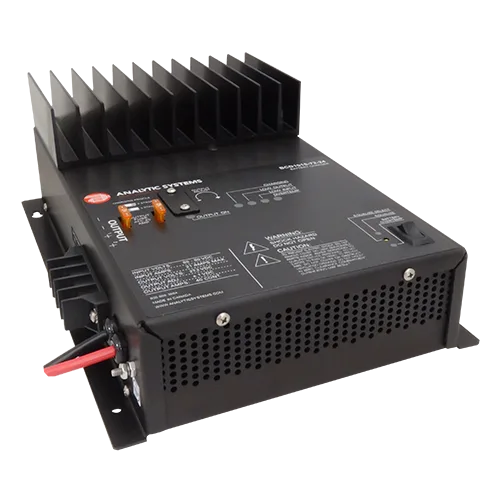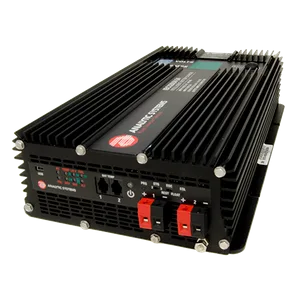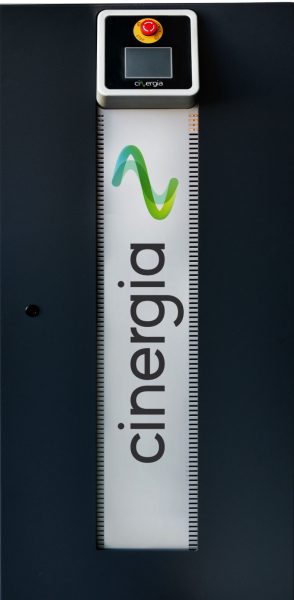Common Negative
Step-Up & Step-Down DC Source Chargers and Equalizers
These units provide up to 800 watts to charge 1 or 2 banks of batteries at 12 or 24 VDC from a 12, 24, 32 or 36 volt source. Also available are special models (Battery Equalizers) that allow current to be drawn at 12 or 24 volts from a 24V battery bank.
Isolated
High-Voltage DC Source Chargers
Available in Digital or Analog technology, these isolated DC-DC units charge 1 or 2 banks of batteries between 12 and 72(rail) volts from a 12 to 350 VDC power sources at power levels from 300 to 1500 watts.
Product Description
The BCH10 Step Down series of Battery Chargers supply up to 10 amps of charging current at 12, 24, 36 or 48 volts from any higher voltage between 20 and 80 volts DC for use in automotive, heavy equipment, marine, industrial, rail or alternative energy environments. The output voltage is configured to allow permanent connection to the battery.
All surface mount high frequency design offers higher reliability, higher efficiency (more than 91%), more power (up to 544 watts at 48 VDC Out) and minimum size.
The unit has reverse input protection, reverse battery connection protection, and output over-voltage protection and features spark free connection to the battery. Smart Ideal Diode output circuitry prevents any reverse current flowing from the battery back into the converter.
Options:
Wide Temperature (-40°C – +55°C Operation)
Custom output voltages available
Benefits:
Up to 80V input
Compact size and easy mounting
Simple plug plug in wiring
‘Output ON’ and “Overload” LED indicators
Analytic Systems manufactures a wide range of battery chargers that operate from either AC or DC sources recharge virtually any type of battery from 12 to 72 (rail) volts at power levels from 100 to 1500 watts.
All models feature heavy EMI filtering to minimize conducted and radiated emissions, preventing interference with sensitive communications equipment. Other features include no-spark battery connection, reverse battery hookup protection and adjustable float and absorption voltages.





